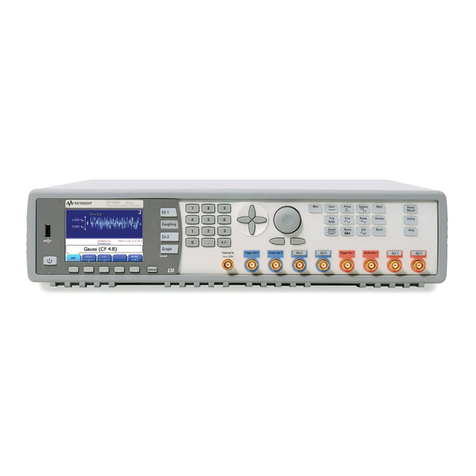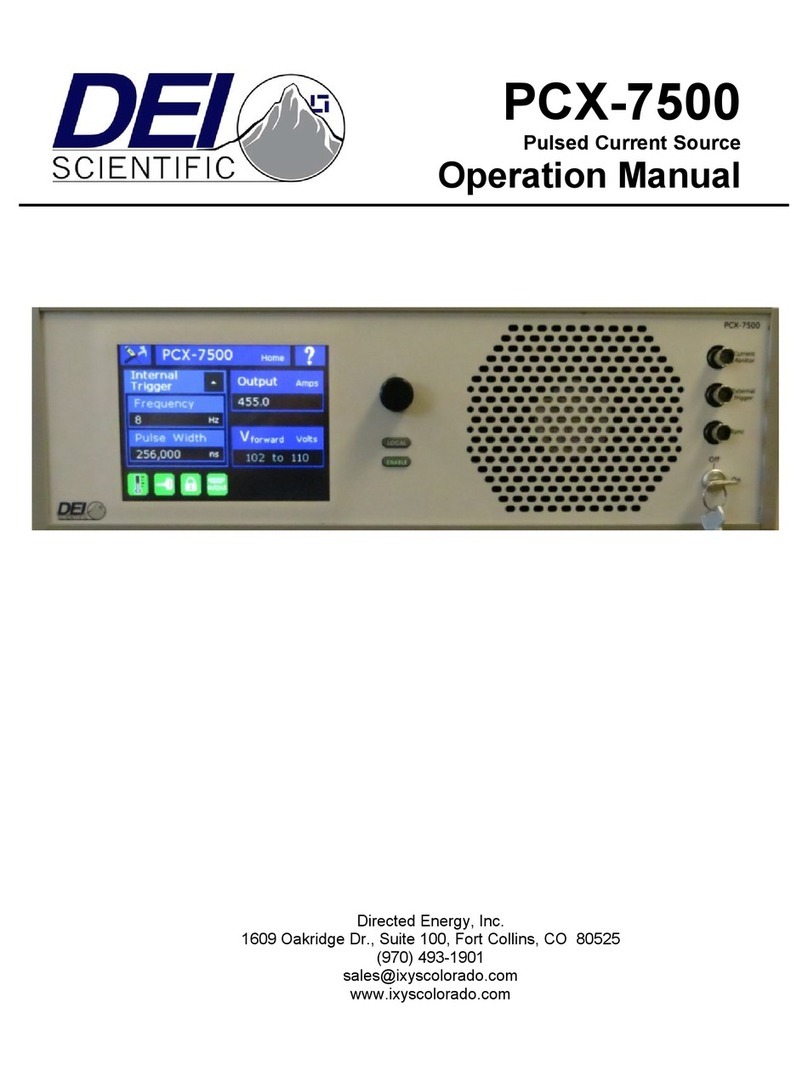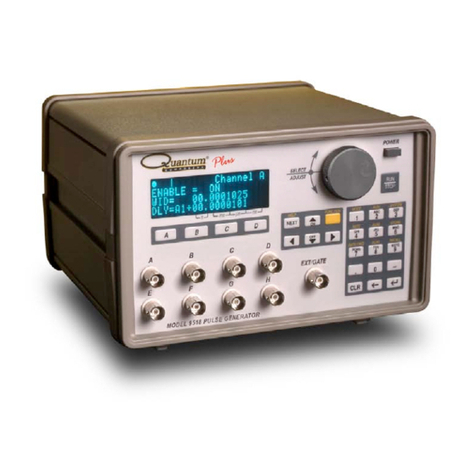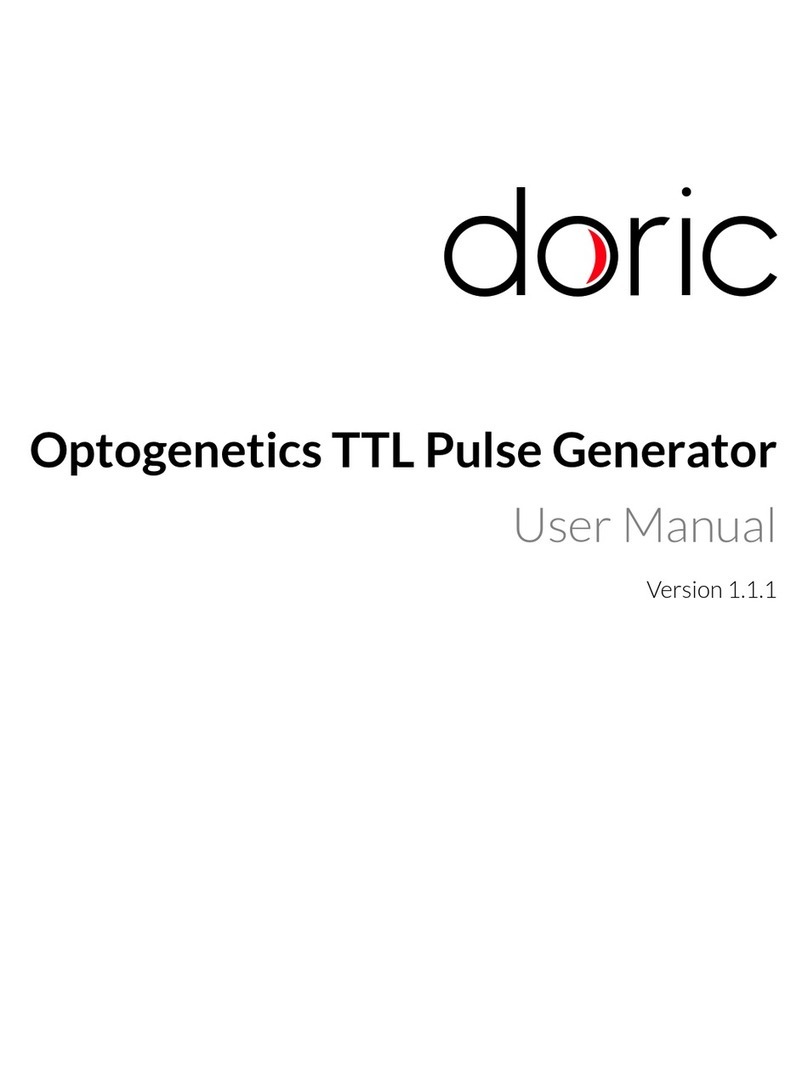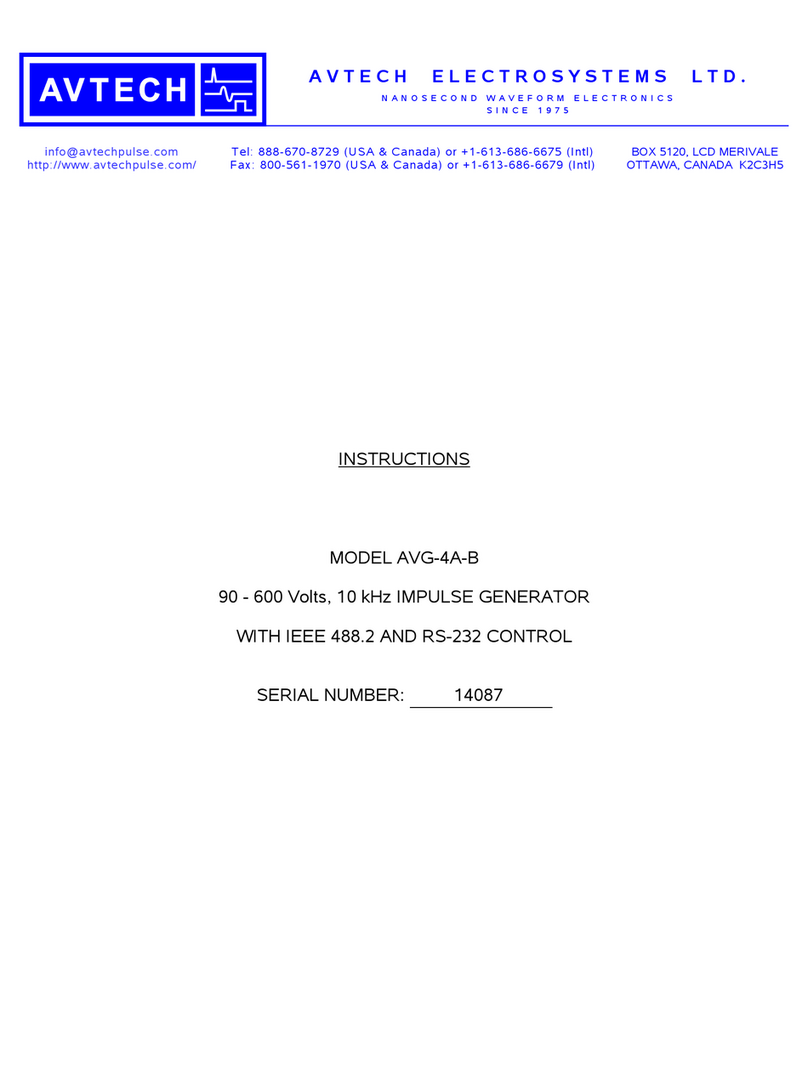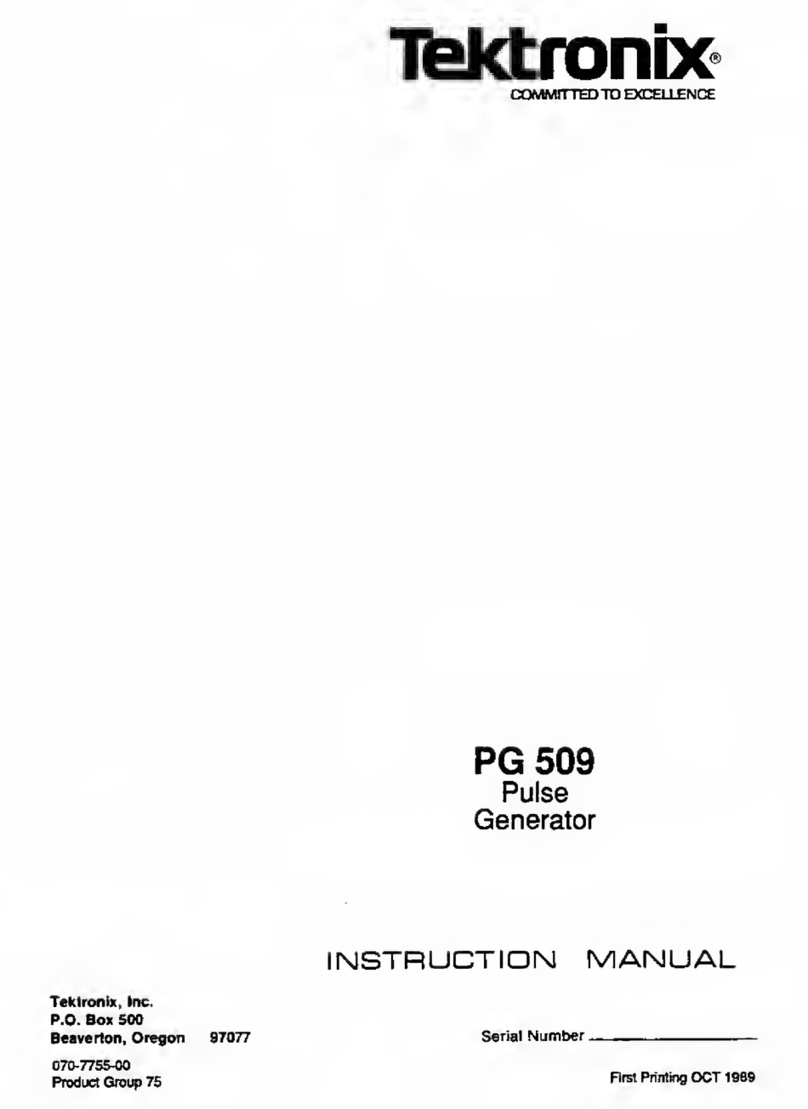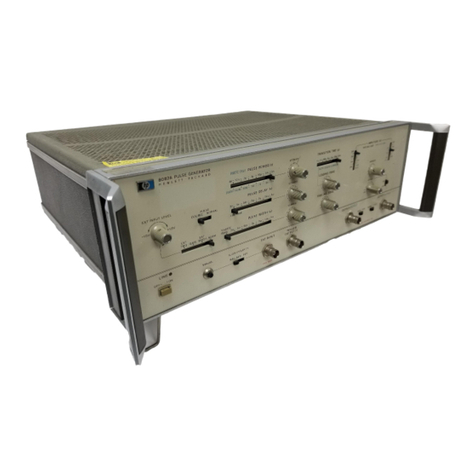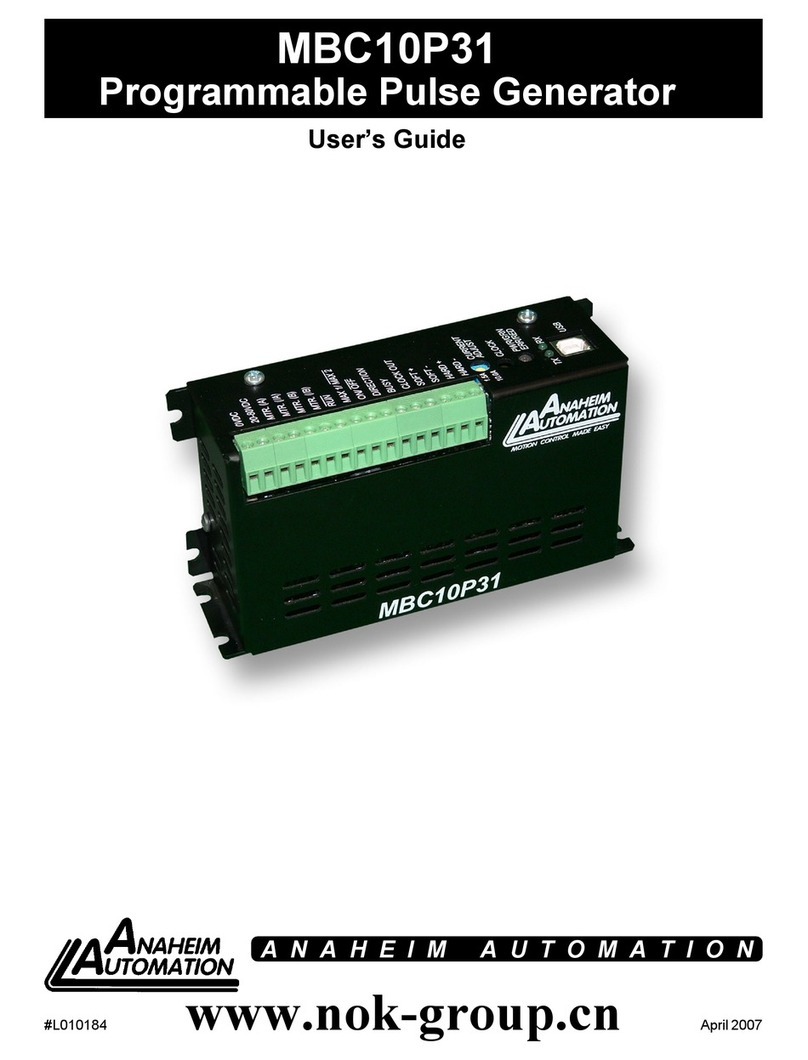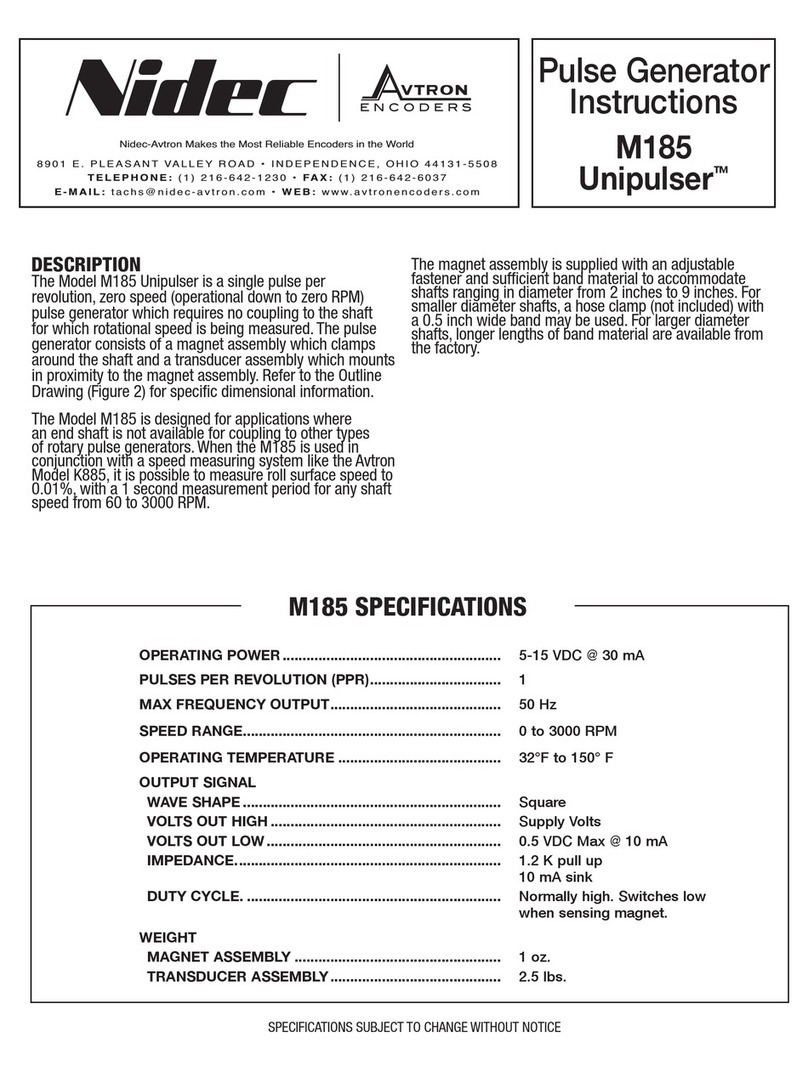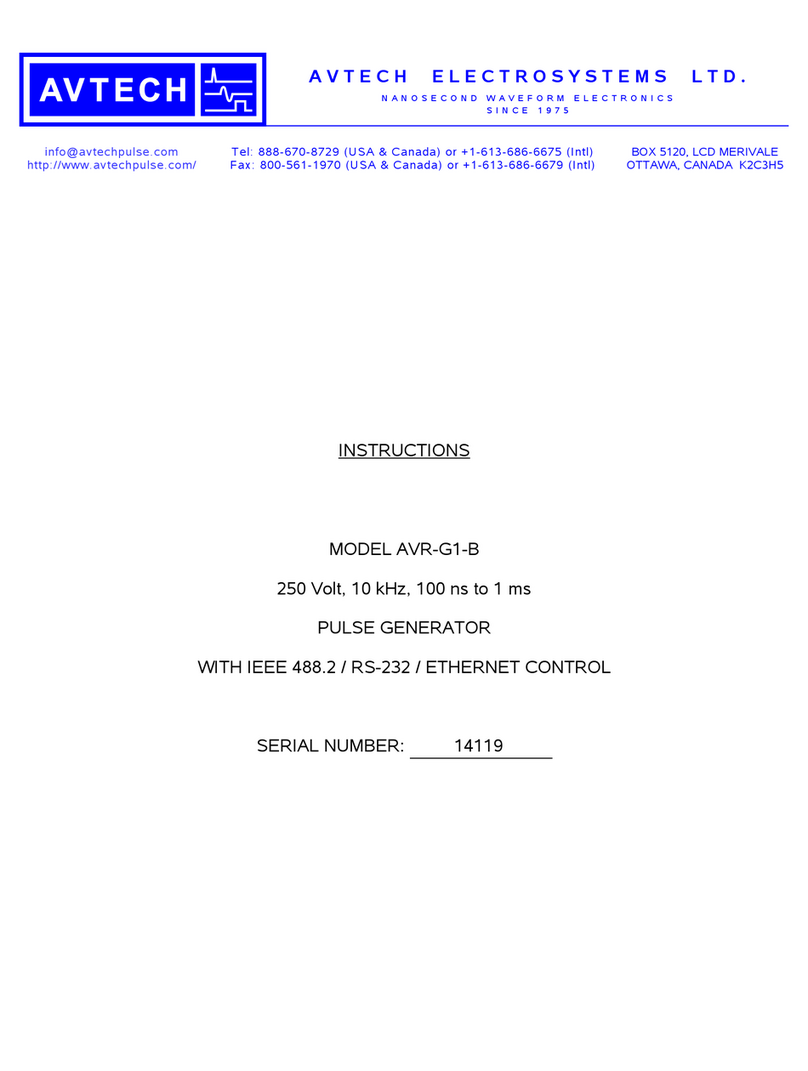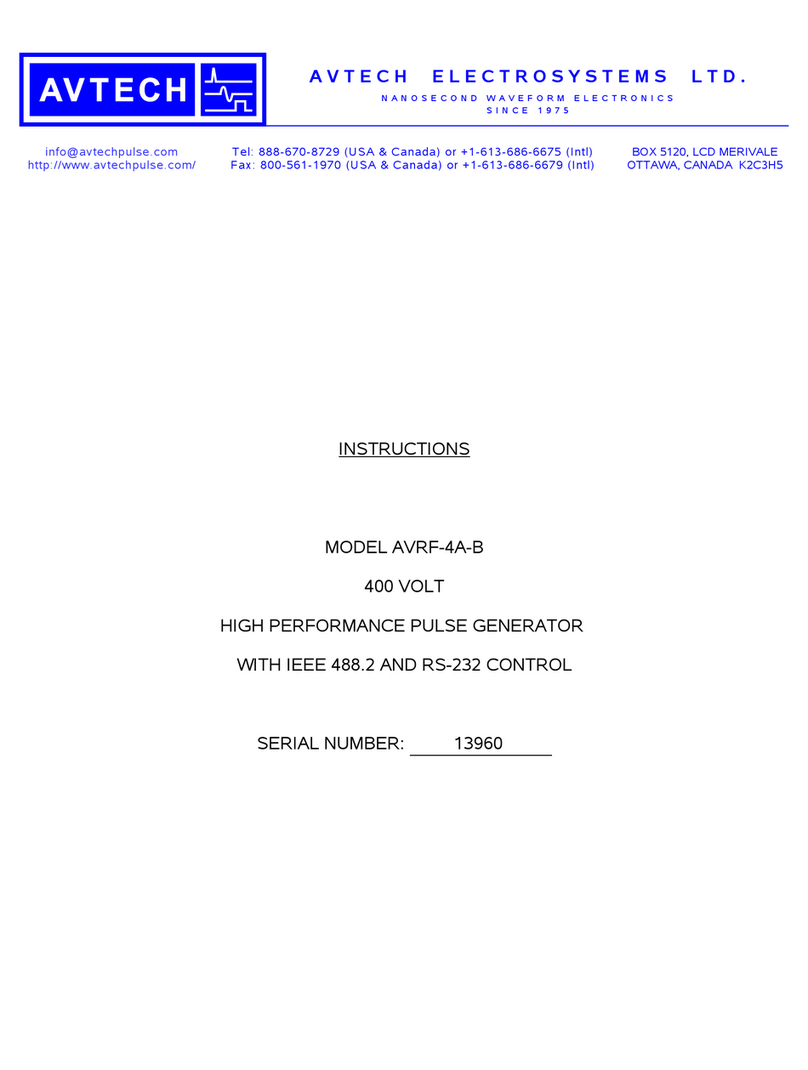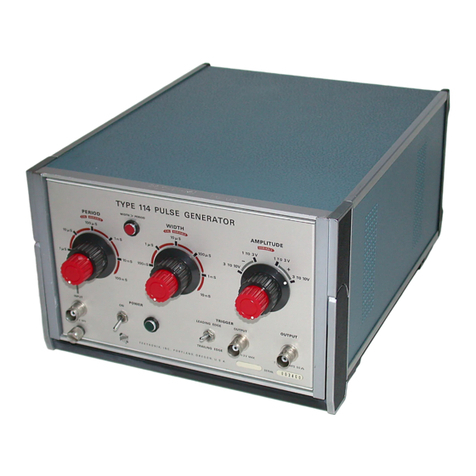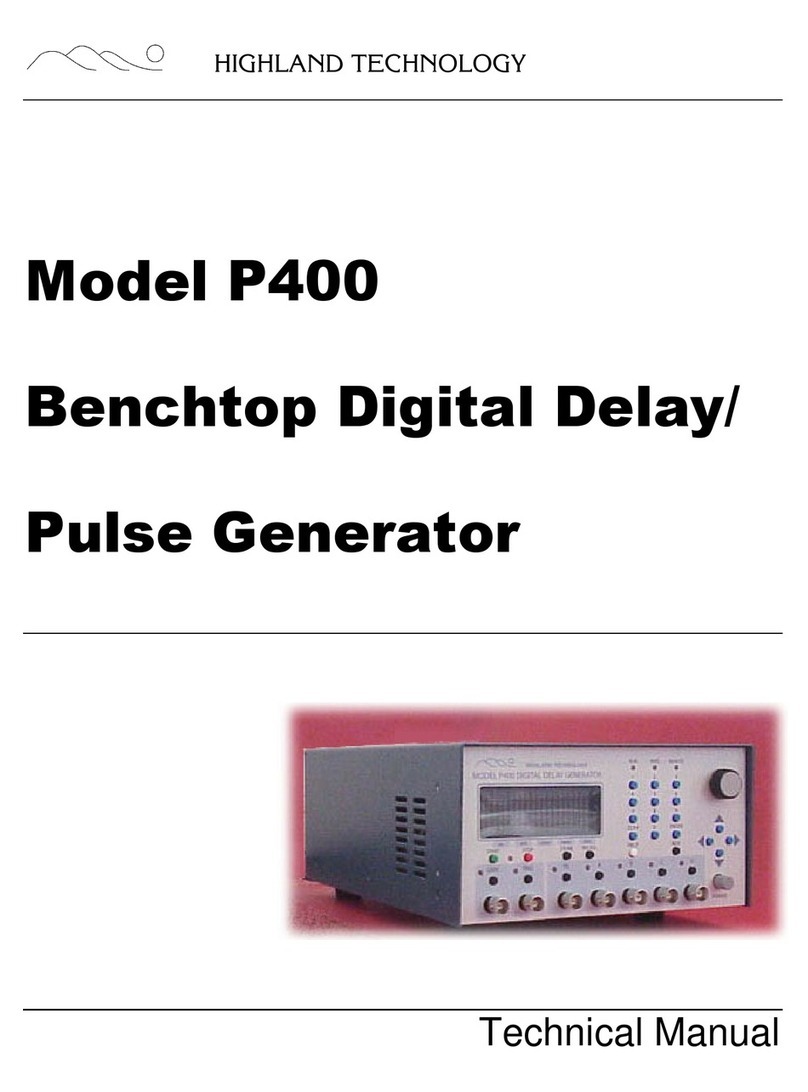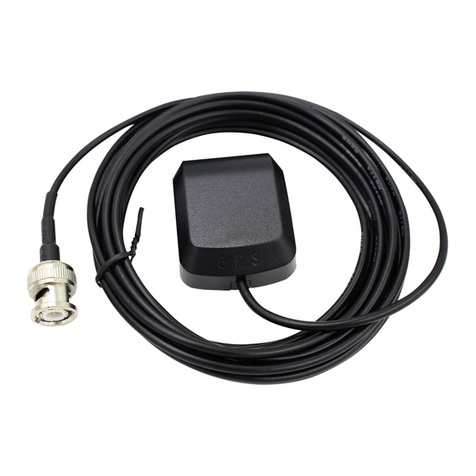
PXIe-1209 User Manual Publication No. 981050 REV. A
ii Astronics Test Systems
Software Installation ...................................................................................................................... 3-1
Installing the VISA driver ........................................................................................................... 3-1
Installing the PXI device driver .................................................................................................. 3-2
Installing the LabVIEW instrument driver .................................................................................. 3-2
Installing the LabWindows/CVI instrument driver...................................................................... 3-3
Chapter 4........................................................................................................................... 4-1
Operation .......................................................................................................................... 4-1
Programming ................................................................................................................................. 4-1
Writing Register Values ............................................................................................................. 4-1
Pulse Programming ................................................................................................................... 4-1
Pulse Delay............................................................................................................................ 4-1
Sync Out ................................................................................................................................ 4-2
Frequency (Internal Pulse Repetition Rate) .......................................................................... 4-2
Single Pulse vs. Double Pulse................................................................................................... 4-2
Single, Continuous, and Burst Modes ....................................................................................... 4-3
Follow Trigger Mode .................................................................................................................. 4-3
Pulse Gating .............................................................................................................................. 4-3
Calibration...................................................................................................................................... 4-3
Reference Disciplining ................................................................................................................... 4-4
Interrupts........................................................................................................................................ 4-4
Chapter 5........................................................................................................................... 5-1
Software Operation.......................................................................................................... 5-1
Using the Soft Front Panel............................................................................................................. 5-1
Starting the Soft Front Panel ..................................................................................................... 5-1
Using the LabWindows / CVI Driver .............................................................................................. 5-9
Using the LabVIEW Driver........................................................................................................... 5-11
Chapter 6........................................................................................................................... 6-1
Identification and Configuration Registers.................................................................... 6-1
I/O Registers .................................................................................................................................. 6-1
Control Status ............................................................................................................................ 6-2
Interrupt Control......................................................................................................................... 6-3
Trigger/Gate Control.................................................................................................................. 6-4
Version Info* .............................................................................................................................. 6-4
DDS Frequency - Low ............................................................................................................... 6-5
DDS Frequency - High .............................................................................................................. 6-5
Frequency Divider – Low........................................................................................................... 6-5
Frequency Divider – High .......................................................................................................... 6-5
Pulse Width - Low...................................................................................................................... 6-6
Pulse Width - Mid....................................................................................................................... 6-6
Pulse Width - High ..................................................................................................................... 6-6
Pulse Delay - Low...................................................................................................................... 6-7
Pulse Delay - Mid....................................................................................................................... 6-7
Pulse Delay - High ..................................................................................................................... 6-7
